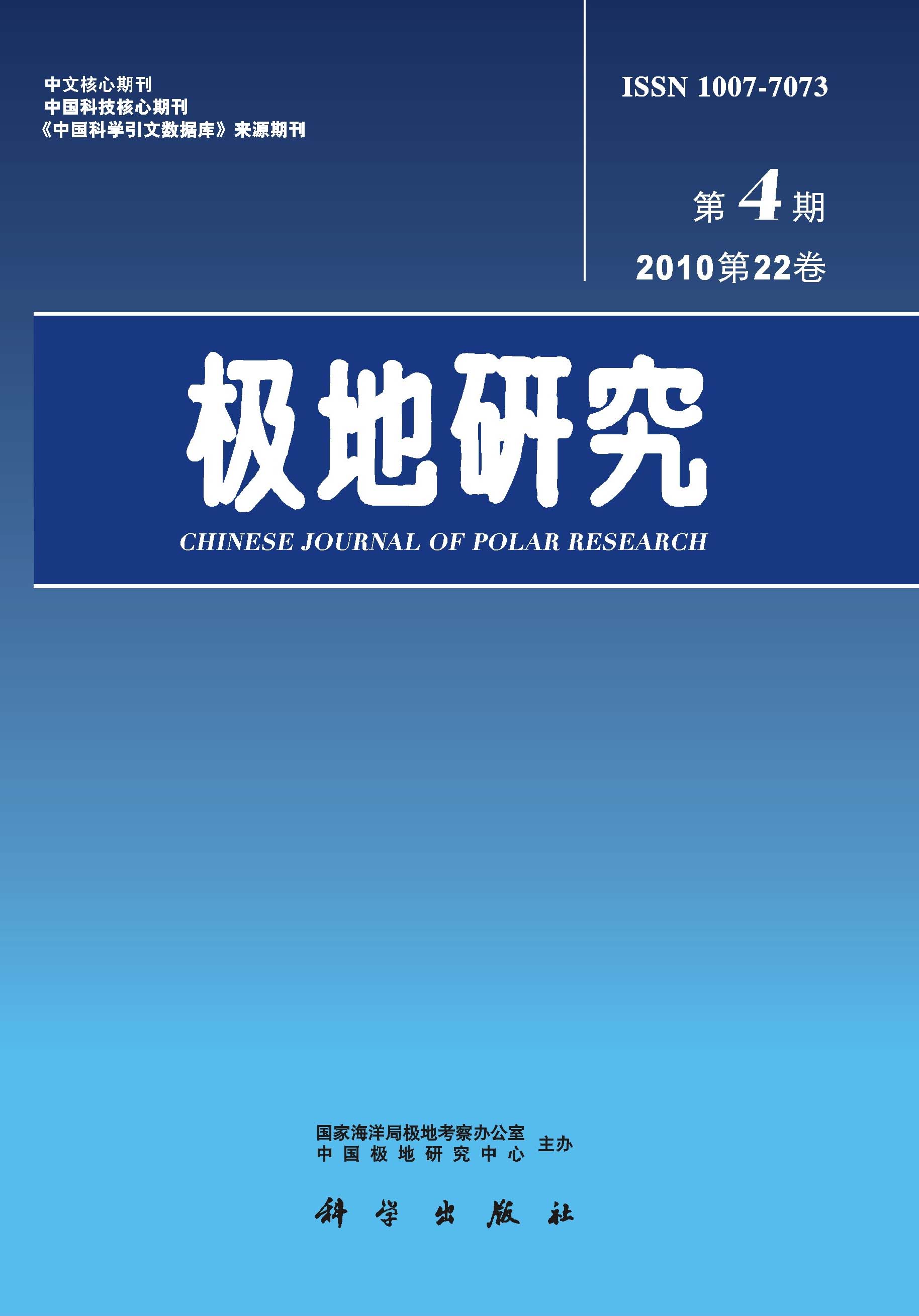Physical and chemical factors (such as pH, T, S, conductivity, turbidity, DO, COD and nutrients), chlorophyll in the sea water column were monitored at eight sites in the coastal zone in Zhongshan Station, East Antarctica from Dec. 11, 1998 to Jan. 13, 1999. The samples were collected at several layer of sea water at six sites among them, meanwhile, domestic sewage of Zhongshan Station was monitored hourly for two days at the mouth of a drain pipe located at the beach near Zhongshan Station. The results indicated that the physical and chemical factors changed sharp within the sea water column from about 1m under the bottom of the sea ice to the surface, and changed gently in the water column below about 1m under the bottom of the sea ice, the obvious rules were observed in the vertical distribution of the nutrients ( such as PO 4 P, NO 3 N, NO 2 N and NH 4 N) in the water column. DO and pH in the monitored sea water belong to Category I sea water quality standard of China, the concentration of inorganic nitrogen belong to Category I and Category II sea water quality standard, the concentration of PO 4 P exceeds Category III sea water quality standard. The concentration of chlorophyll a in the surface of sea water ranged from 0.090 to 2.468mg/m 3, and the average concentration was 0.671 mg/m 3. COD, pH and suspended matter in the domestic sewage of Zhongshan Station meet the waste water effluent standard of China, only the concentration of PO 4 P exceeds Category I effluent standard. The monitoring methods of ecological environment conducted in the coastal zone in Zhongshan Station were discussed in this paper.

